Why Reality Isn’t What You Think ?
“We’re all hallucinating all the time—when we agree about our hallucinations, we call it reality.” — Anil Seth
The Uncomfortable Truth About Your Senses
Here’s something that would have shocked our ancestors but that neuroscience now confirms: you have never actually seen, heard, touched, tasted, or smelled anything in the “real world.” Ever.
What you experience as “the red apple on the table” is actually an elaborate hallucination constructed by your brain from limited electrical signals. Your eyes don’t see—they transduce photons into neural impulses. Your brain then takes these sparse electrical patterns, adds massive amounts of prediction based on past experience, fills in huge gaps (like the blind spot in each eye), and generates what we call “perception.” As neuroscientist Anil Seth puts it, we’re all hallucinating all the time—when we agree about our hallucinations, we call it reality.
Consider what you’re actually working with: Your eyes detect only 0.0035% of the electromagnetic spectrum. Your ears hear roughly 20Hz to 20,000Hz—dogs hear nearly twice that range, and whales communicate in frequencies you’ll never perceive. Your 400 types of olfactory receptors seem impressive until you learn dogs have 800. The “touch” you feel is actually your brain’s interpretation of mechanical pressure on nerve endings, with a processing delay of about 80 milliseconds—you’re always touching the past.
The ancient mystics didn’t have PET scans or predictive processing models, but they discovered something neuroscience is only now confirming: sensory experience is not a window onto reality but a user interface, constructed by consciousness for pragmatic purposes. And just as importantly—this interface can be hacked, transcended, or seen through to reveal what lies beyond.
The Universal Pattern: A Map of Awakening
When you examine mystical traditions across cultures—from Sufi fana to Buddhist jhana, from Kabbalah’s four worlds to Christian inner revelation—a remarkably consistent pattern emerges. It’s the same pattern Carl Jung identified in his study of alchemical texts and called the individuation process. It appears so consistently across unrelated cultures that it suggests something fundamental about consciousness itself.
Stage One: Sensory Saturation and Identification
This is where most humans live their entire lives. Consciousness is completely identified with sensory input and the thoughts that arise from it. The ego believes it is the seer, hearer, thinker. In Buddhist terms, there’s complete avidya (ignorance). In Plato’s allegory, we’re chained in the cave, convinced the shadows are reality.
Jakob Lorber, the 19th-century Austrian Christian mystic, called this the “natural human”—one who lives entirely through physical senses and worldly understanding, unaware that these senses perceive only correspondences, shadows of deeper spiritual realities. Jung would say the ego is entirely caught in the personal unconscious, with no awareness of the Self.
Neurologically, this state involves the brain’s default mode network (DMN) running at full strength—constantly generating the narrative self through sensory and memory integration. The DMN is the “me” generator, creating the persistent illusion of a separate experiencer experiencing sensory objects.
Stage Two: Recognition of Correspondence
Something shifts. Perhaps through suffering, meditation, contemplation, or grace (depending on your tradition’s language). The person begins to suspect that sensory experience isn’t what it seems—not that it’s false, but that it’s incomplete, pointing to something beyond itself.
In Buddhism, it’s the initial insight into anicca (impermanence)—the direct perception that every sensory experience arises and immediately vanishes, like writing on water. Nothing perceived through the senses has inherent stability or reality. In Hinduism, the first glimpse that all this sensory multiplicity might be maya—not falsehood exactly, but a constructed appearance masking deeper reality, like how a rope in darkness might be mistaken for a snake.
The Sufi begins questioning the solidity of the phenomenal world, recognizing it as a veil (hijab) obscuring the Real (Al-Haqq). In Kabbalah, the mystic begins to sense that the physical world of Assiah is the lowest emanation of divine light, contracted and condensed but still fundamentally divine.
Lorber’s contribution here is profound: he taught that sensory experience is not illusion to be rejected but correspondence to be understood. Everything perceived through physical senses corresponds to spiritual realities—matter corresponds to spirit, the visible to the invisible, the outer to the inner. The physical senses don’t show us falsehood; they show us reflections, shadows, symbols of spiritual truth in material form. The problem isn’t that the senses lie, but that we mistake the reflection for what it reflects, the shadow for the substance.
This is closer to Plato’s forms than to pure negation. When you see a tree through physical sight, Lorber taught, you’re perceiving a material correspondence of a spiritual reality—an idea, a divine thought made manifest in physical form. The tree is real, but physical sight shows only its material aspect. Spiritual sight would perceive the divine idea it embodies.
The Christian mystic Meister Eckhart expressed this similarly: “God is at home, it is we who have gone out for a walk.” The sensory world isn’t separate from divine reality—we’ve simply lost the ability to perceive the divine presence within and behind all sensory phenomena.
Jung understood this as the beginning of seeing through the persona—the social mask we mistake for our true identity—and recognizing it as a necessary but limited construction. Modern neuroscience might describe it as the beginning of metacognitive awareness—the brain watching itself construct experience and recognizing that construction for what it is: a pragmatic model. However, this framework starts from the assumption that sensory experience is reducible to brain processes—something not confirmed by phenomena like near-death experiences, which suggest consciousness may operate independently of neural activity.
Stage Three: Awakening Spiritual Senses
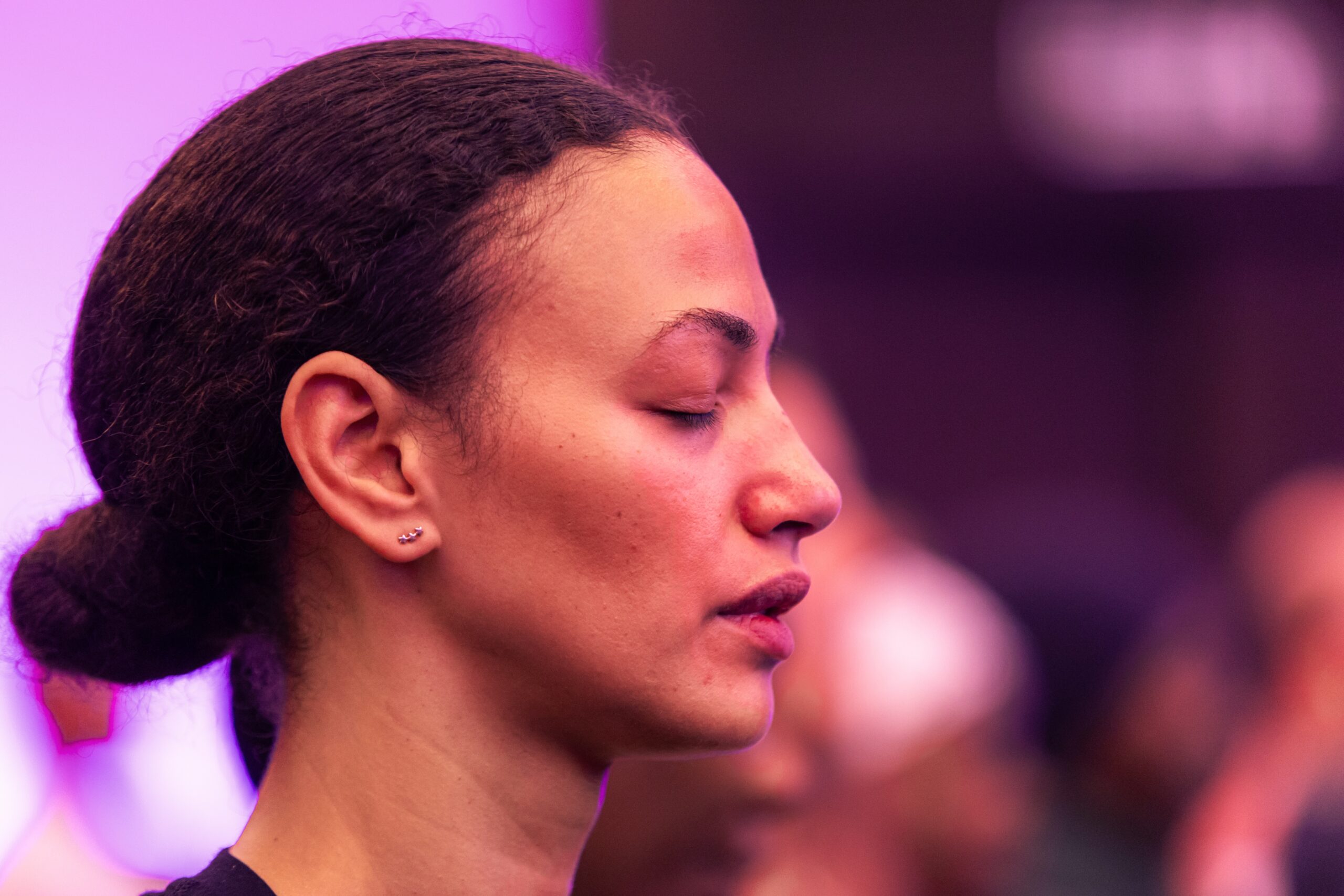
This is where the traditions diverge in method but converge in aim. Each develops sophisticated technologies of consciousness to systematically develop faculties beyond the physical senses.
Lorber’s doctrine of spiritual senses provides a unique bridge here. Unlike purely negative approaches that emphasize only the withdrawal from sensory experience, Lorber taught that humans possess the potential for spiritual senses—interior faculties that would correspond to physical senses but operate on a higher plane, requiring development to actualize. Just as physical eyes perceive physical light, spiritual eyes would perceive spiritual light. Just as physical ears hear physical sound, spiritual ears would hear the “inner word”—divine communication that doesn’t use the mechanism of physical hearing.
This reframes the entire project: transcendence isn’t abandoning the five senses but awakening their spiritual counterparts. It’s not sensory negation but sensory transformation and expansion.
The Hindu practice of pratyahara (sense withdrawal) can be understood through this lens—not as shutting down the senses but as redirecting consciousness from physical to subtle sense organs. Normally, consciousness flows outward through physical senses toward material objects. Pratyahara involves gathering this diffused awareness back to its source, where the spiritual senses can be activated.
Sufi dhikr (remembrance) uses rhythmic repetition of divine names to shift consciousness from ordinary sensory processing to a state where the “eye of the heart” (ain al-qalb) opens—a spiritual sense organ that perceives divine realities directly. Neuroscience shows that rhythmic practices can induce trance states by temporarily reducing activity in the parietal lobe—the region responsible for maintaining the boundary between self and world. When this boundary softens, practitioners report experiences of unity that transcend the subject-object dualism inherent in physical sensory perception.
Zen Buddhism’s shikantaza (just sitting) and koan practice operate differently but toward the same end. By presenting the rational, sensory-oriented mind with unsolvable paradoxes (“What is the sound of one hand clapping?”), the koan creates a cognitive crisis that can precipitate sudden awakening—a shift from physical-conceptual consciousness to direct spiritual perception.
The Christian contemplative tradition teaches apophatic (negative) theology—approaching God by negating everything God is not, including all sensory images and concepts. But Lorber adds a complementary kataphatic (affirmative) dimension: the sensory world, properly perceived through spiritual senses, reveals divine presence. The “cloud of unknowing” isn’t just about forgetting sensory objects but about developing the inner light that illuminates spiritual reality.
In Kabbalah, the mystic learns to ascend through four worlds (olamot): Assiah (physical action), Yetzirah (formation/emotion), Beriah (creation/intellect), and Atziluth (emanation/pure being). Each ascent involves not abandoning the previous world but perceiving it from a higher vantage point—seeing how the physical corresponds to the emotional, the emotional to the intellectual, the intellectual to the divine. The physical senses operate in Assiah, but spiritual senses can perceive the same phenomena as they exist in higher worlds.
What unites these diverse practices is their recognition that normal sensory consciousness operates through duality—subject perceiving object, self experiencing other. Transcendence involves either collapsing this duality (Eastern approaches) or transforming it through recognizing the divine presence in both subject and object (Lorber’s incarnational approach).
Stage Four: Integration and Transfigured Perception
The most mature mystical teaching isn’t escape from the senses but their transformation and reintegration. This is the bodhisattva returning to the marketplace after enlightenment, seeing the same forms but perceiving their emptiness. It’s the Sufi achieving baqa (eternal existence in God) after fana—where the phenomenal world returns but is now perceived as the infinite expressing itself through finite forms.
For Lorber, this stage represents the “spiritual human”—one who lives in the physical world using physical senses but simultaneously perceives the spiritual realities these senses correspond to. The physical senses continue functioning, but now spiritual senses are also active, revealing the divine presence within all sensory experience. This is not escape from the world but transfigured perception of it.
Jung’s individuation culminates similarly—not in leaving the ego behind but in right-relating it to the Self, the center of the total psyche. The ego learns it’s a vehicle for consciousness, not consciousness itself. The senses remain functional tools but are no longer mistaken for the totality of perception.
Neurologically, this might correspond to a more flexible relationship between the DMN (narrative self-network) and the salience and executive networks. The brain can still generate the useful fiction of a separate self perceiving through senses, but it’s no longer trapped in this mode. There’s what researchers call “decentered awareness”—the capacity to rest in consciousness itself while sensory experience continues to arise, now recognized as correspondence rather than ultimate reality.
What Modern Science Reveals
Contemporary neuroscience, quantum physics, and consciousness studies are converging on conclusions that sound remarkably mystical. Consider what we’re discovering about how perception actually works.
The brain is not a passive receiver of sensory input but an active prediction machine. It generates expectations about what it will perceive, then updates those predictions based on sensory error signals. This means perception is more “top-down” (consciousness constructing experience) than “bottom-up” (world impressing itself on consciousness). Donald Hoffman, a cognitive scientist, argues that evolution selected for perceptual fitness, not truth—we perceive what helps us survive, not what’s actually there. This aligns perfectly with Lorber’s correspondence doctrine: physical senses don’t reveal reality as it is but create a pragmatic interface optimized for navigating material existence. The spiritual senses would perceive beyond this pragmatic interface to the reality itself.
Even more puzzling is what neuroscientists call the “binding problem.” Science still cannot explain how the brain binds separate sensory streams—visual, auditory, tactile, and others—into a unified conscious experience. There’s no single place in the brain where “it all comes together.” No neural command center orchestrates the symphony. This suggests something profound: consciousness might not emerge from sensory processing but might be the prior condition that enables sensory experience—precisely what the mystics have always claimed.
This points to what philosopher David Chalmers calls the “hard problem of consciousness”—why subjective experience exists at all. You can map every neural pathway, explain how the brain processes visual wavelengths, track every electrochemical signal. But none of that explains why there’s something it’s like to see red. No amount of mapping sensory processing explains the existence of the experiencer. This irreducibility of consciousness to sensory mechanisms echoes the mystical insight that awareness precedes and transcends its contents. The senses are instruments consciousness uses, not the source of consciousness itself.
The Modern Crisis: Why This Matters Now
Here’s what makes this ancient teaching urgently relevant: Modern technology has created unprecedented sensory addiction while simultaneously producing spiritual atrophy. Smartphones, social media, streaming entertainment, pornography, processed hyperpalatable foods—these are engineered to hijack our physical sensory apparatus and the dopamine systems that evolved to motivate behavior.
The average person now experiences more sensory stimulation in one day than a medieval peasant might have in a month. The result? Consciousness becomes completely externalized, dependent on constant sensory input. Silence becomes intolerable. Being alone with one’s own awareness becomes anxiety-inducing. The thought of sitting still for even ten minutes with no sensory input terrifies people.
This creates a crisis that the mystics predicted: a humanity so identified with physical sensory consciousness that it has completely forgotten the spiritual dimension. The consequences manifest not just individually but collectively—as sensory addiction intensifies, we witness what Matthew 24:12 described: “Because lawlessness will be increased, the love of many will grow cold.” When consciousness is imprisoned in purely physical perception, trapped in the constant stimulation of sensory gratification, the capacity for love—which Lorber identified as the highest form of perception—atrophies.
Lorber warned that materialism—the philosophy that only sensory-physical reality exists—would lead to spiritual death, the atrophying of the spiritual senses through disuse. We’re experiencing the consequences: epidemic rates of anxiety, depression, addiction, and meaninglessness despite material abundance. Jung warned about this, saying modern people had become “flat”—losing contact with the unconscious and the numinous. Lorber would say we’ve developed physical senses to unprecedented acuity through technology while allowing spiritual senses to atrophy completely.
The Question You Must Answer
Do you want to live in an illusion, or do you want to find out about reality?
The choice isn’t abstract. Every moment you’re either experiencing the world through the limited filter of physical senses (mistaking the map for the territory, the menu for the meal, the correspondence for what it corresponds to) or you’re developing the capacity to perceive more completely.
“Working well enough” assumes that survival and comfort are the highest aims. The mystics suggest something different: that humans are built for more than navigating a pragmatic interface—we’re capable of perceiving reality itself, not just its sensory shadows.
What Comes Next
In Part 2, we’ll explore:
- How different mystical traditions converge on the radical claim that consciousness is primary
- The practical techniques used across cultures to develop spiritual senses
- Jung’s bridge between ancient mysticism and modern psychology, including connections to contemporary approaches like Internal Family Systems
- Concrete practices you can begin today to develop perception beyond your five physical senses
- What the mystics discovered about the nature of reality when sensory identification dissolves
The four-stage map we’ve explored shows where humanity has been and where it can go. But knowing the map isn’t the same as taking the journey. In the next article, we’ll examine the specific technologies of consciousness that mystics across traditions have developed—and how modern science is validating their discoveries about the nature of perception, reality, and what you truly are.
“Don’t Just Read—Practice”
Spiritual truth isn’t meant to remain on the page. It’s a living practice that reshapes how you experience reality itself. Start your journey today. Join the TCCHE Community.
One Comment
Leave a comment
blog 
Read our latest posts.
courses
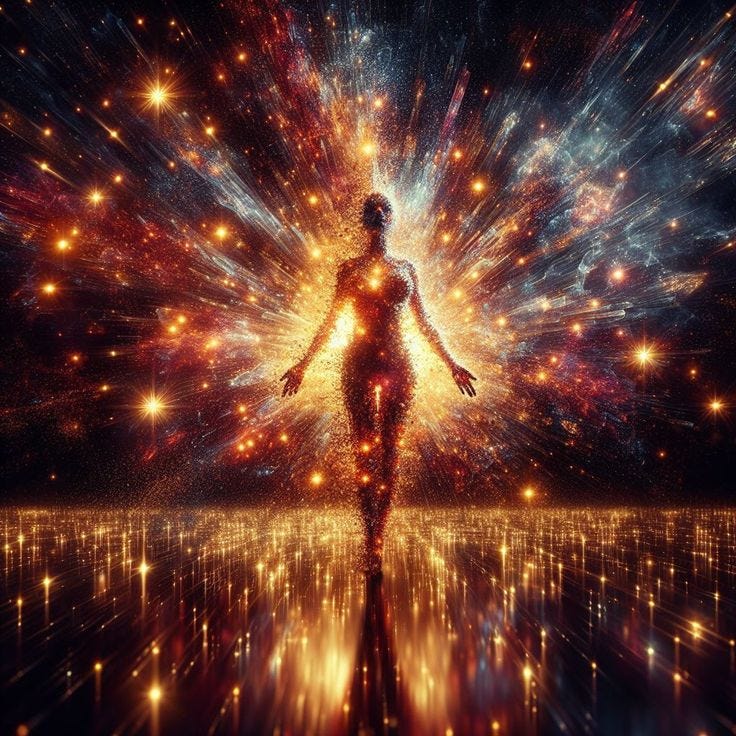
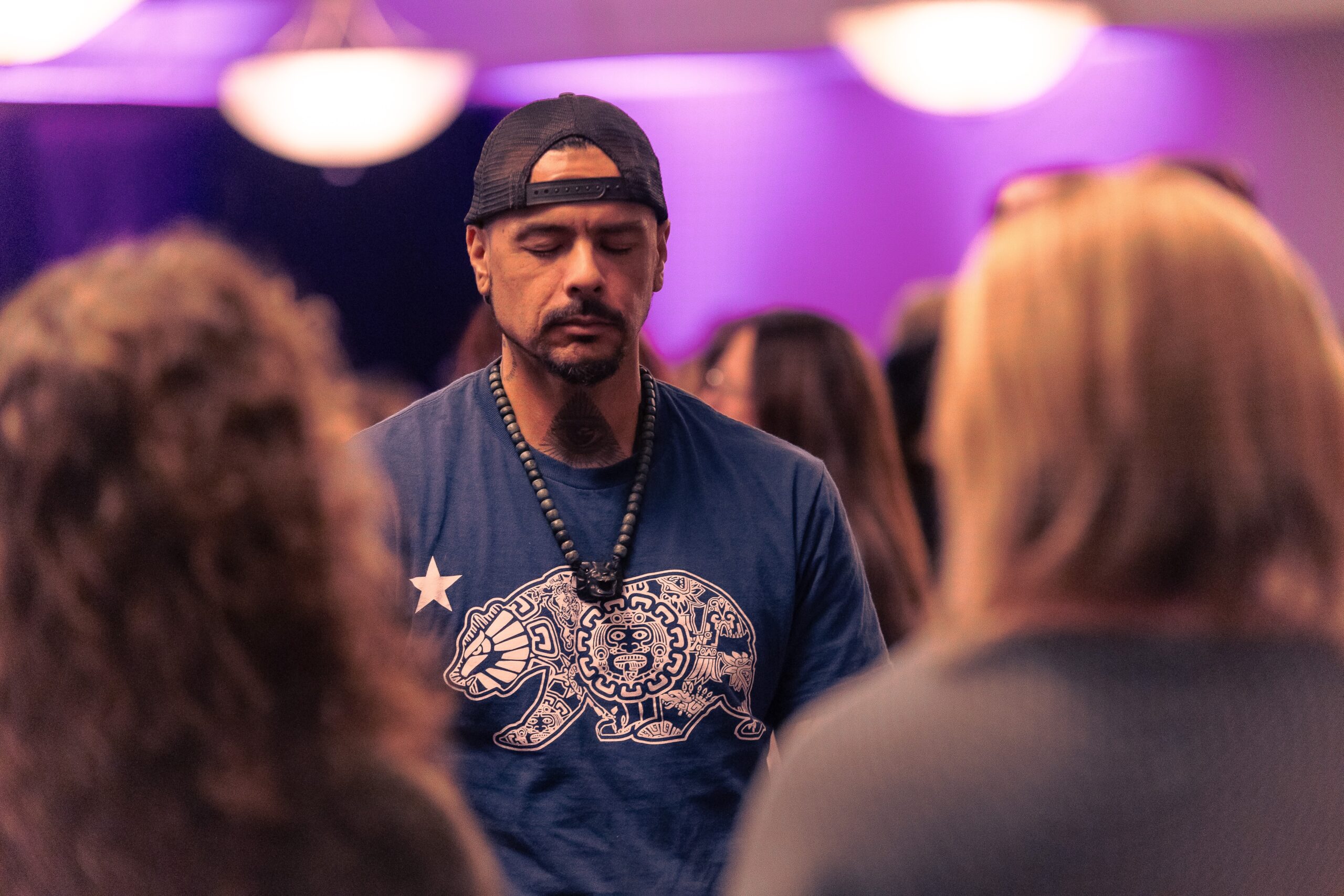
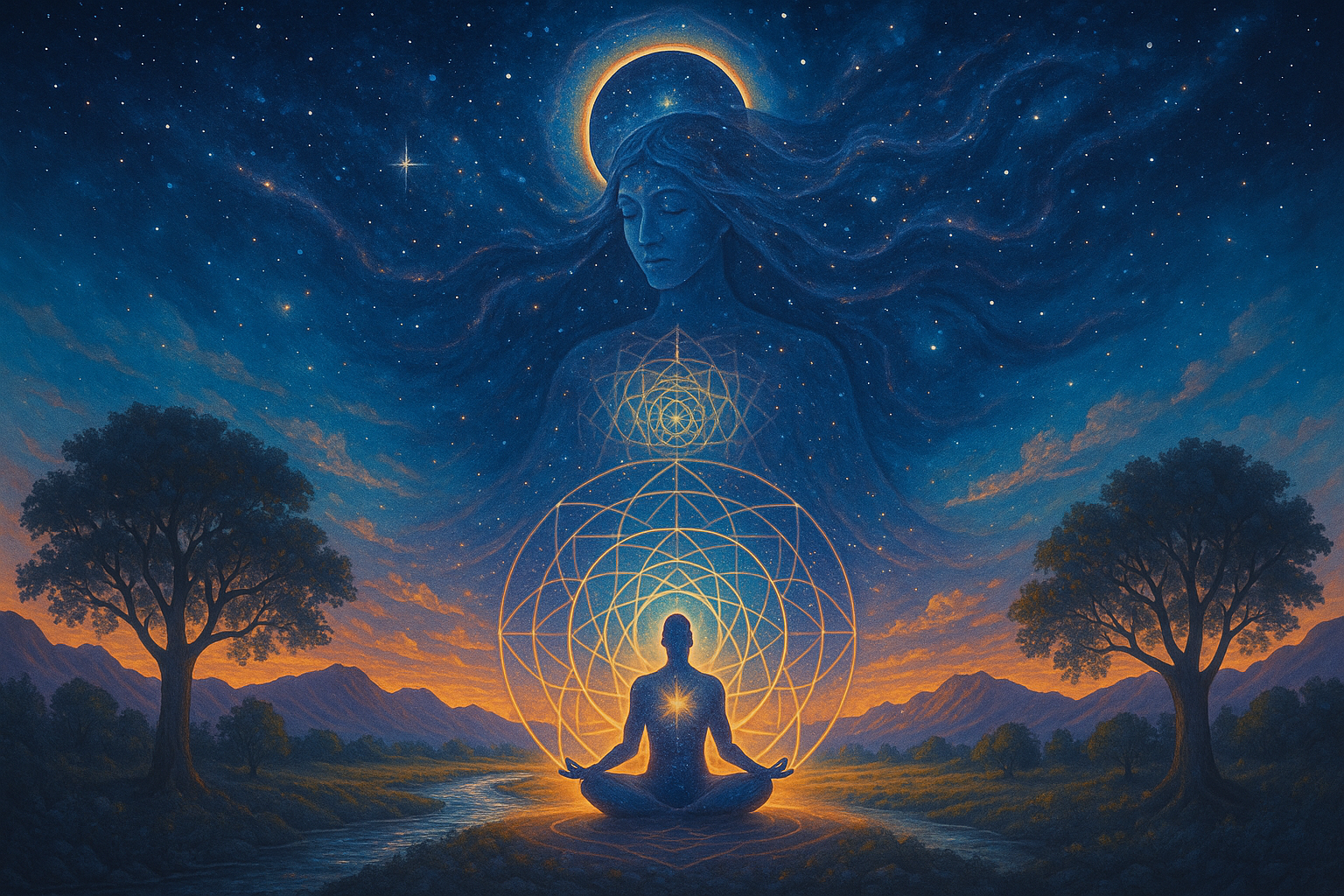
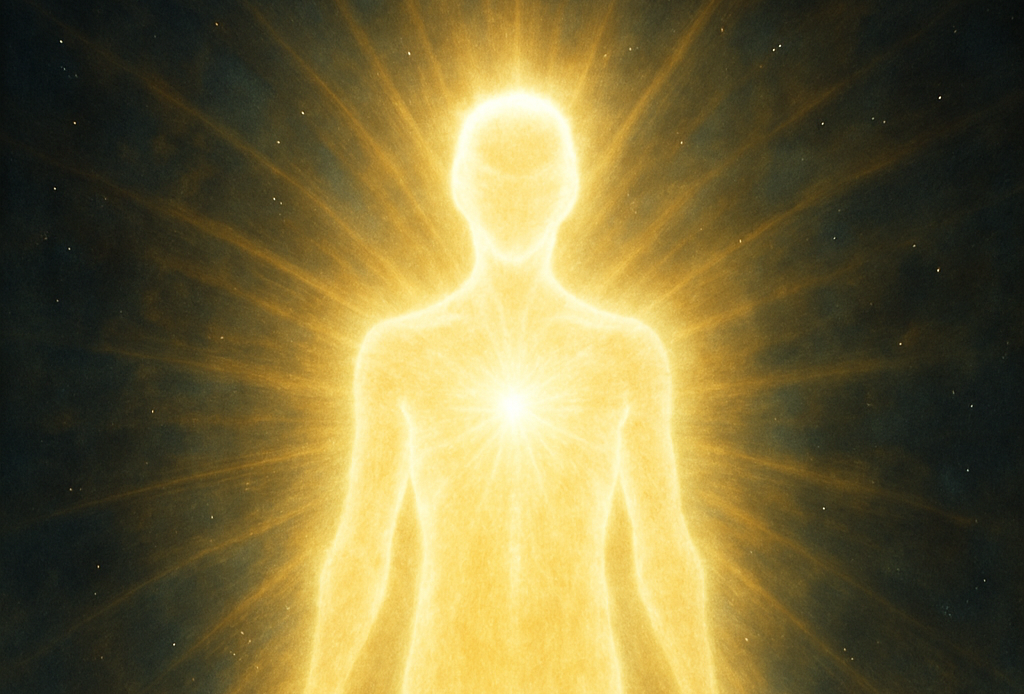
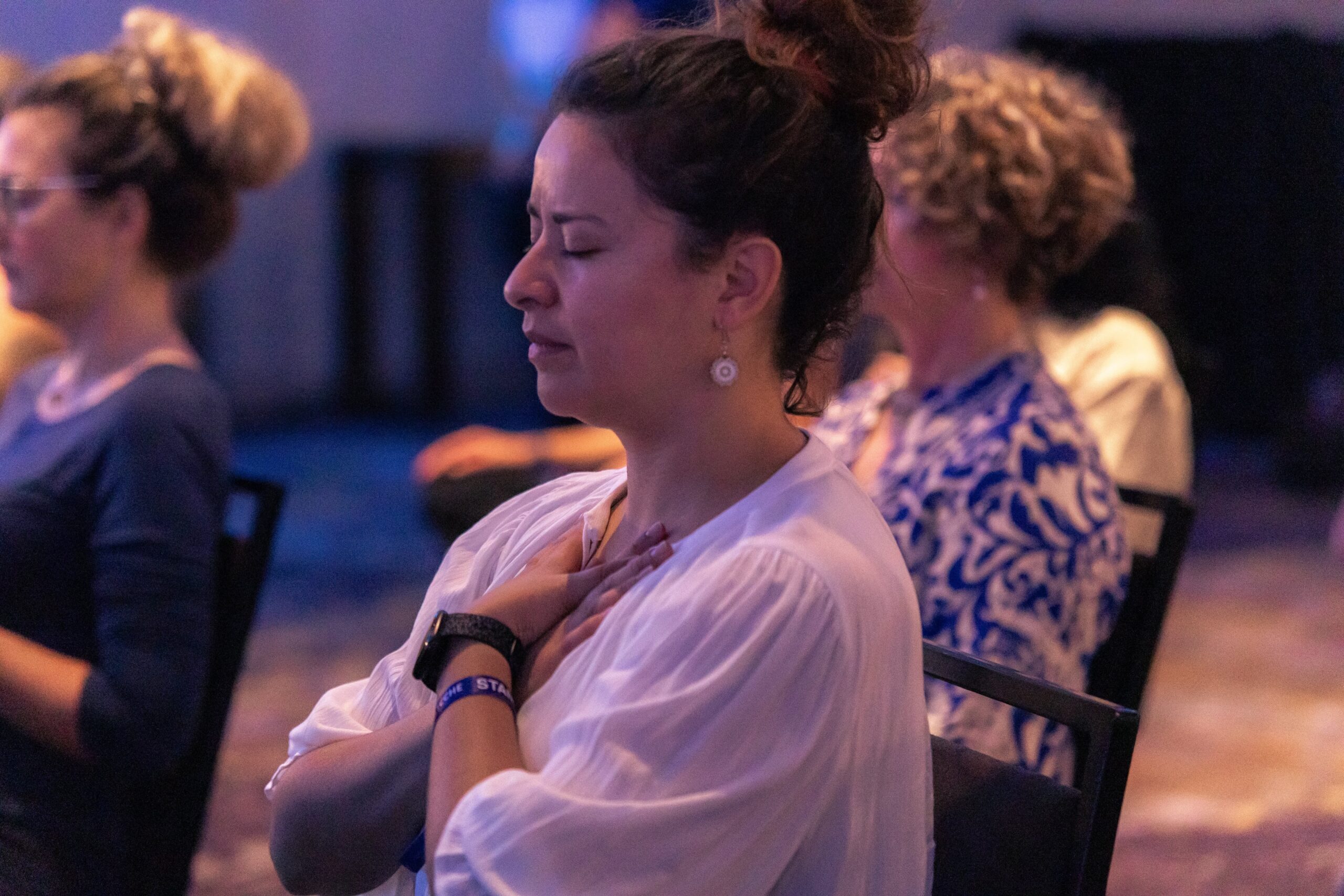
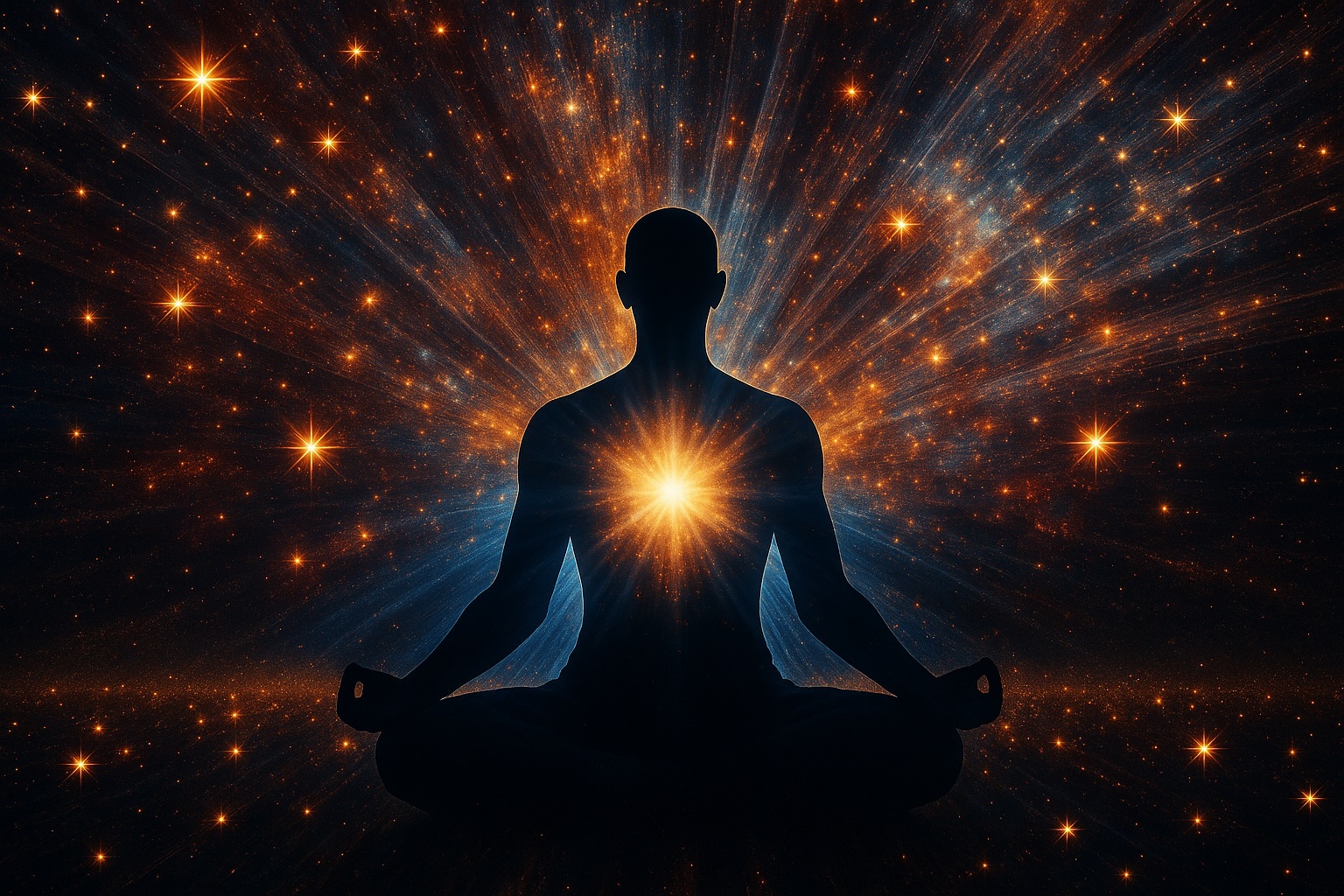












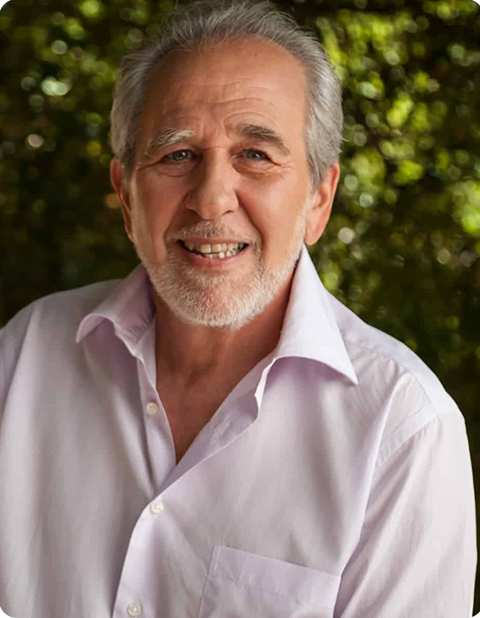
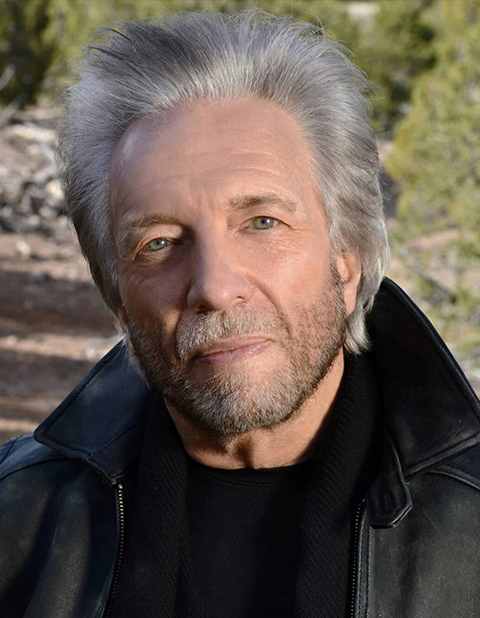
Excellent workshop! I never took it but I follow Dr. Joe Dispenza always and I found that he is a remarkable Person, trying to help the human race to find the real world up there.
Supernatural, one of his book is fascinated to find out what all the brain can do. The secrets in the coherent between the Body and the brain makes us (human) to find our way to the what is really the world to us. I RECOMMEND TO ALL !
Bravo! Dr. Dispenza, continues with your effort and enthusiasm!